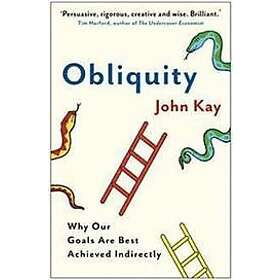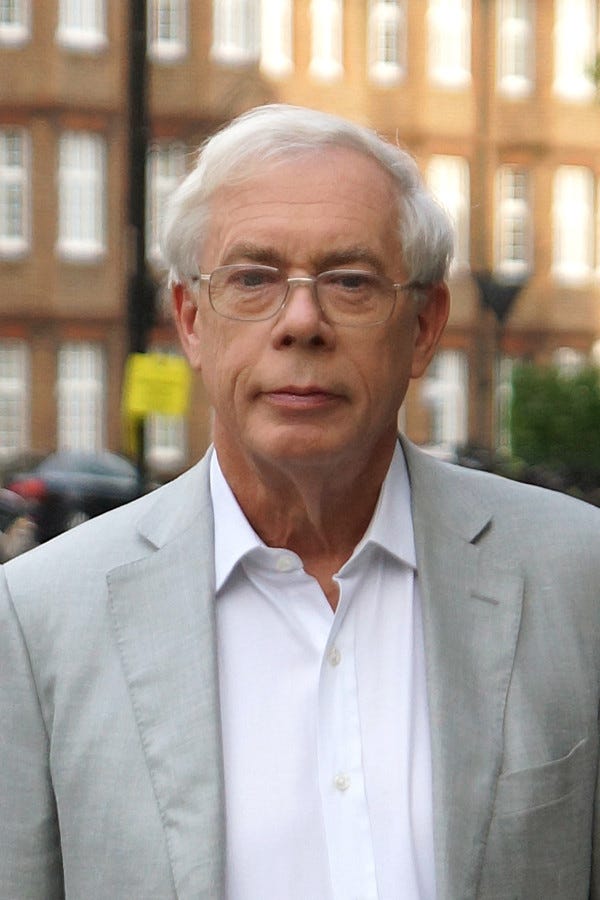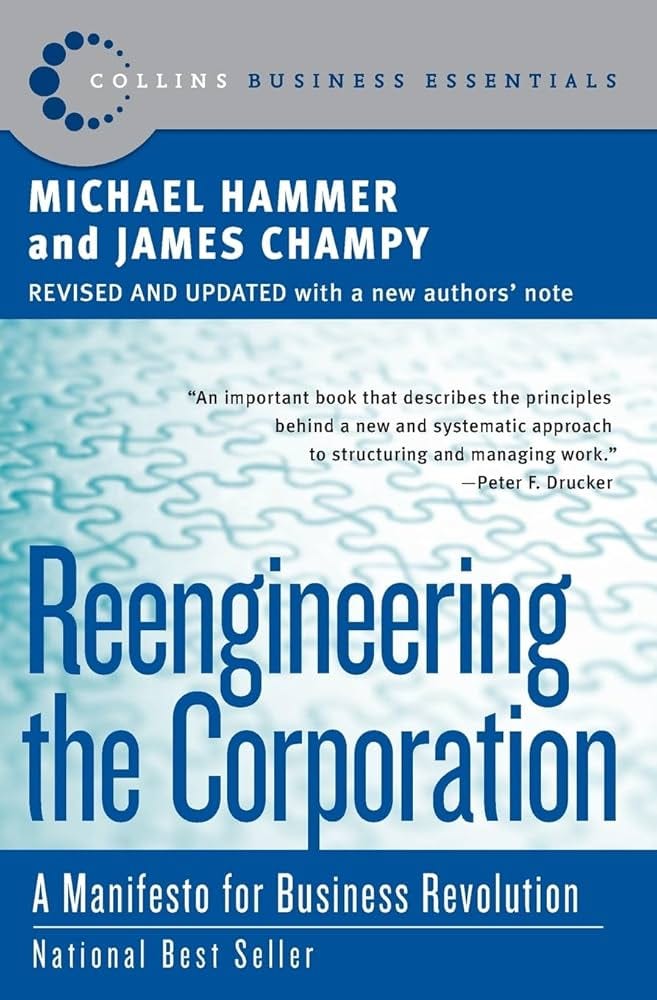I've written before about how goals are misused and misapplied. How they have a tendency to subjugate us to the service of something much too narrow and low. They lack the ability to call us into something greater and draw out the best versions of who we are.
However, if we can align ourselves with some kind of vision or purpose and use goals as stepping stones for a makeshift path, we can find ourselves achieving much more than simple, measurable outcomes.
Fortunately, British economist John Kay noticed a similar pattern happening all the time and wrote about it in his book Obliquity. Kay makes the case that an indirect route is the best way to achieve our goals. Instead of predetermining a specified aim and set of actions, he argues the best way forward is through discovery and iteration.
He notes that the happiest people are not those who explicitly pursue happiness, the most profitable companies do not lionize stakeholder value as the supreme virtue, and the reality that complex problems become impossible to fully understand and therefore require an indirect approach.
The next few newsletters will focus on John Kay's ideas, how they intersect with Experience, and how they can be applied in context.
But for now, let's get a grasp on what he means by "obliquity."
Kay says, "Obliquity describes the process of achieving complex objectives indirectly." He offers the Panama Canal as one example. The direct approach to connecting the Atlantic Ocean with the Pacific would have been to find the shortest distance east to west across Central America and start digging, which would have been a brutal and impossible task. Instead, the best route was found by a conquistador exploring the area who noticed a relatively narrow stretch of land that could be transformed into the passage between the two oceans. Thus, when a ship enters the Panama Canal from the Atlantic, it safely sails across to the Pacific, coming out thirty miles further east from where it started.
Obliquity is a process of discovery and iteration. Discovery is necessary because we do not understand the components of a problem until we set out to solve it and begin interacting with it. Starting a business, remodeling the bathroom, and teaching a baby to walk can seem straightforward but once begun quickly reveal a host of competing issues. This is when iteration comes in.
Iteration is the fun but frustrating part of creation and problem solving. It's the process of trying something, seeing where it succeeds and fails, making adjustments, and then trying again. Each attempt is a new iteration. As the iterations improve over time, a high quality outcome will emerge bearing a variety of benefits. This method of problem solving relies on "incremental modification of concepts and observances enshrined in long-accepted conventions." By always building off the previous iteration, best practices emerge over time and constitute conventions, actionable shorthand for proficient results.
Kay contrasts this process with the direct methods of business philosophy and modernist architecture that took hold in the second half of the twentieth century. In the 1990s, Michael Hammer and James Champy wrote about their idea of Reengineering and sought to answer the question, "If I were recreating this company today, given what I know and given current technology, what would it look like?" This led to an overemphasis on design while undervaluing discovery and experimentation. This led to businesses changing their mission statements to include profits and shareholder value. Short term gains often gave way to long term ruination, an idea we will discuss more in the coming weeks.
We can also see the results of this school of thought in modern apartments and subdivisions. Few places feel less welcoming and organic than stacked up apartments without so much as a courtyard for people to bump into their neighbors. Take a drive through an old, established neighborhood and then beeline for the newest subdivision in town. Feel your body's defense mechanisms kick in as the cookie-cutter designs and restricted color pallets close in and the quaint, shaded parks retreat over the horizon. This is what the direct approach begets: more profits but much less satisfying homes.
This is why we should beware of those who claim a little too boldly to hold a fully realizable solution to a complex problem or those who would reduce the complex to the simple or one-dimensional. Hammer and Champy thought they were "inventing a better way of doing work." Throwing out the hard won lessons of those who have set out in the same pursuit before you is dangerous at best, arrogant at worst. The best planners often fail on their own because one person cannot fully grasp the big problems in all of their complexity and nuance. Imperfect knowledge prohibits perfect solutions. Thus the need for the oblique approach.
Kay sums it up: "The environment - social, commercial, natural - in which we operate changes over time and as we interact with it. Our knowledge of that complex environment is necessarily piecemeal and imperfect. And so objectives are best accomplished obliquely rather than directly."
Over the next few weeks and months, we will trace Kay's argument and see how it intersects with goal-setting and Experience. We'll look at why the happiest people aren't pursuing happiness, why businesses take a turn for the worse when they prioritize profits and shareholder value, and how to align our day-to-day with a better purpose than measurable goals. I look forward to exploring these ideas with you. And remember to comment or drop an email with any thoughts you may have.




